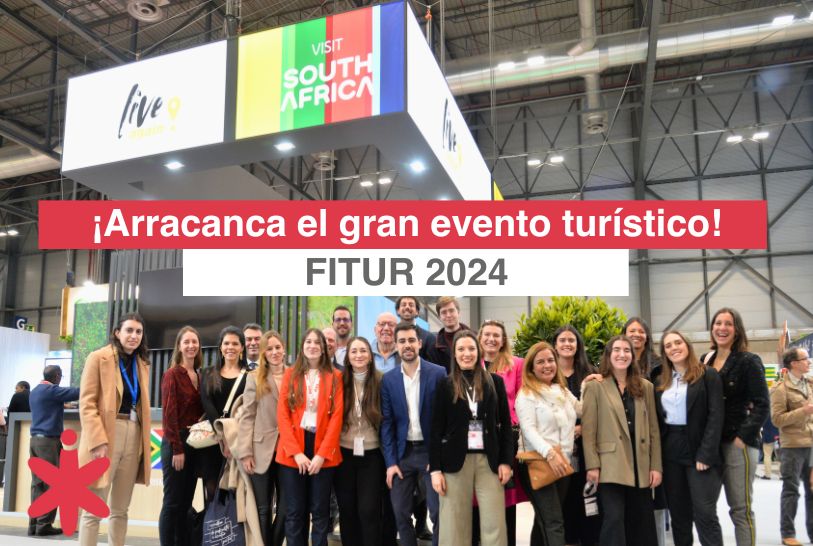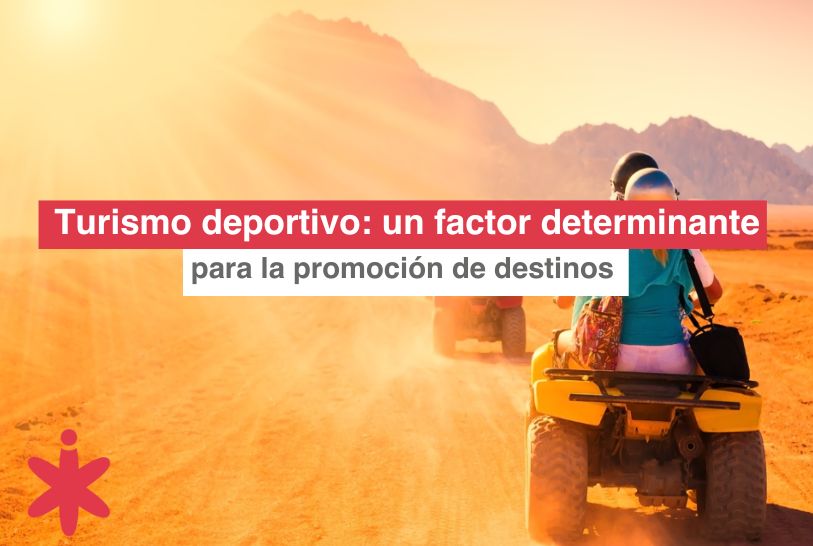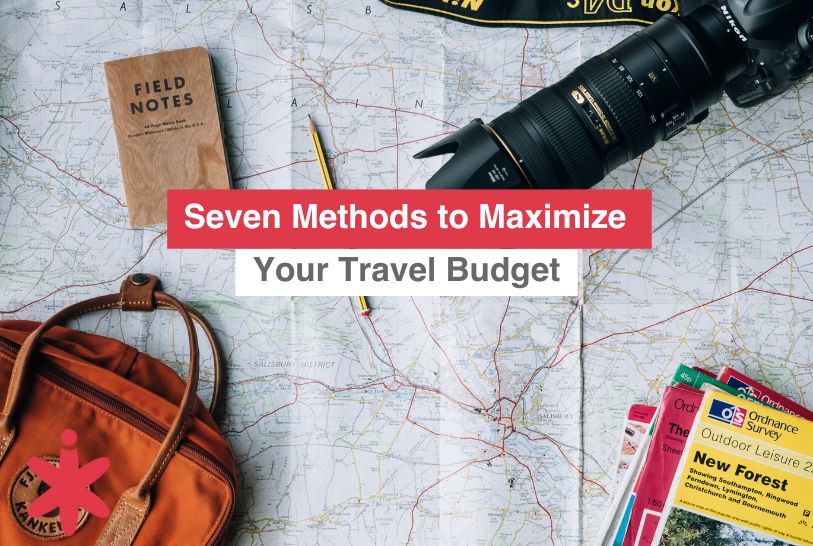Journalism or influencers: the means of inspiration for travelers
Journalism or influencers: the means of inspiration for travelers

Journalism or influencers, the means of inspiration for travellers
12/04/2023
Digital nomads: a new way of understanding work and travel
27/04/2023Journalism or influencers: the means of inspiration for travelers
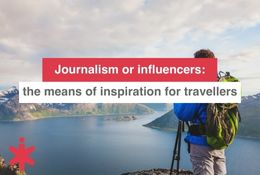
A “battle” that is still debated: journalism or influencers, which is most effective for the communication of a brand?
In approximately 2014, with the consolidation of Instagram, brands began to bet unambiguously on influencers to promote their products. The growing figures of social media, the difference in costs (at least at that time) and the rise in media audiences open to embracing new channels of diffusion, offered solid arguments to start investing. Faced with the greatest economic and identity crisis to date, the media sector began to develop its digital model and adapt its content with the “click” in the spotlight. A battle commenced between the two: the old-fashioned versus the new; black and white versus technicolour… The question we must ask is do travellers really choose sides in this battleor do they rather oscillate between one faction and another depending on their needs?
A growing audience
Social networks are growing exponentially. The annual Digital 2022 report, published by Hootsuite and We Are Social, revealed that users of social platforms grew more than 10% between 2021 and 2022, with 424 million new users. Such numbers highlight the relevance of these platforms that, after all, are the mediums in which influencers develop their content.
On the other hand, although paper journalism is experiencing something of a downturn, according to the Digital News Report 2022 coordinated by the Reuters Institute for the Study of Journalism at the University of Oxford, the circumstances are marked by “zones of light”, such as the growth in the number of readers who consume paid media online. In Spain specifically, according to industry data collected by the Digital News Report 2022, the national market has more than 775,000 subscribers, 94% more than a year ago. This is encouraging data that maintains the commercial credibility of the media.
A balanced cast as a means of inspiration
But let us return to the focus on the consumers The judge, jury and executioners of social media. What content do travelers use when choosing their trips? In the case of Spanish travelers, Travellyze, the business intelligence tool of the ITG group, presents interesting data.
According to Travellyze, Instagram (33.5%) is the main means of inspiration for Spaniards when choosing their trips; it is closely followed by travel programs on television (25.9%), film (20.6%), YouTube (20.5%), Facebook (18%) and lifestyle and travel magazines (16%). From these figures we can conclude that the distribution, as it pertains to inspiring consumers, is quite balanced.
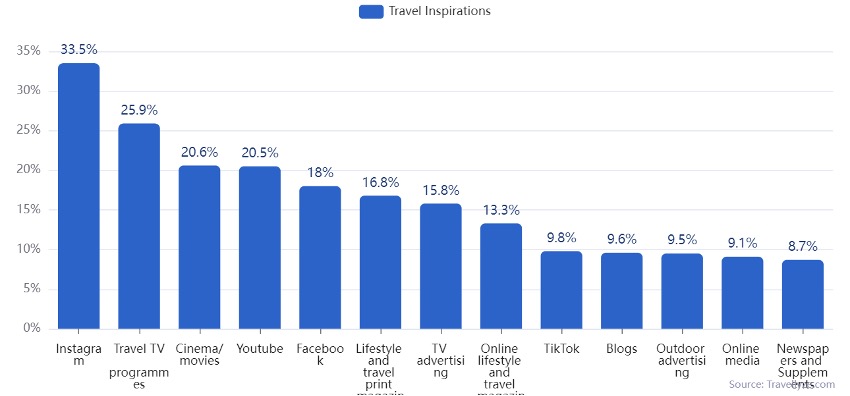
Day and night in terms of content
As for the content, the general feeling is that journalism offers more informative insights, Unclouded by the inherent closeness that characterises social media content, and offering more objective (and increasingly schematised) information. Influencers, on the other hand, inform from a more personal point of view, wherein a relaxed discourse prevails and seeks to connect with the audience.
It is this feeling that makes brands choose one or the other Depending on their desired outcome and the effect they wish to achieve.. For example, the media continues to boast an aura of prestige that the most exclusive brands look upon favourably when positioning themselves and reaching a more specialized and “demanding” public. In addition, the greater prominence of traditional media in search engines means that when consumers have any questions that are related to the brand, their publications are recurrently the ones that respond to or provide specific information.
On the other hand, influencers have the visual factor on their side. Reels or videoblogs are perfect content to show, for example, a tourist destination in a way that connects quickly with the viewer and without the need for expensive production. In addition, its content is perfectly adapted to consumption on smartphones, and who does not have a phone at hand today?
Complementary communication
Taking into account these aspects, we can say that what is not achieved by traditional journalism may be achieved with an influencer, and vice versa. In communication agencies, influencers and the media do not Generate conflict and antagonism, rather they serve in conjunction with one another.
Each one has its virtues and is likely to benefit any brand in various ways. Knowledge and timely analysis tools are the key to developing a strategy that achieves the objectives of the brands and in turn results in benefits for the aspiring media, and we can not label it a battle when the enemies complement each other .
David Fernández
PR Team


 All the news
All the news  Back to newsroom
Back to newsroom